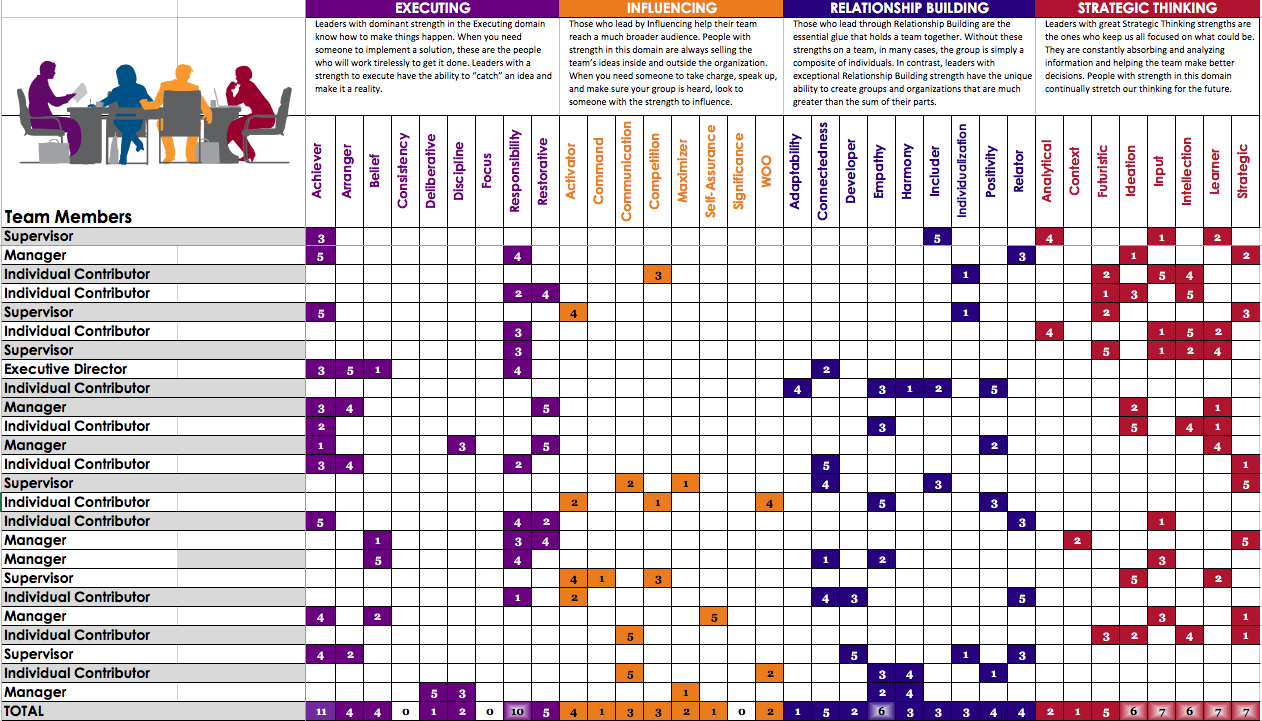Sticky solutions to your everyday business challenges
 Question: I manage a newly formed team of 7 people. We have major goals to accomplish in our first year, but conflicting opinions about how to achieve these goals. I understand that new teams go through stages of forming, storming, and norming, but how do I keep the team from stalling out in the storming stage?
Question: I manage a newly formed team of 7 people. We have major goals to accomplish in our first year, but conflicting opinions about how to achieve these goals. I understand that new teams go through stages of forming, storming, and norming, but how do I keep the team from stalling out in the storming stage?
Answer: The good news is that, when you have conflict, you know you’re working with passionate people. The sooner you can identify the type of conflict you’re having, the sooner you can implement a plan to move the team forward.
When some of your team members have strong, conflicting opinions about what strategy to take, here are some steps you can take to put everyone back on track:
1. Separate the business issues from the personal issues. If personal styles vary greatly among your team members, administer an assessment like the Gallup© StrengthsFinder. Collect the top five strengths of every team member and put them on a matrix. Review the matrix with the team to help them see what personal styles they have in common, and where there are differences. Doing so will enable the team to build a common frame of references for dealing with individual differences.
2. Identify where the team is in violent agreement. If you haven’t taken the time to create a team charter, now would be a good time to stop and do so. The process of creating a charter will allow the team to establish a common set of values, purpose, goals, and expectations. Have the team sign the charter, give each member a copy, and post a copy in a common area. When conflicts arise, use the charter as a North Star to guide the team back to what they mutually agreed to. Here’s a template published by Redbooth to get you started.
3. Pop the power bubbles. Sometimes, conflict involves power issues or strong personal agendas that require your direct attention. If you allow these to go unchecked for too long, it will erode confidence in your ability to lead the team. Sit down with any members of your team who may be testing your authority. Help them identify the sources of their conflict. Let them know that you will provide every resource you have available to help them, but that team cohesion is your first priority. Read this article from the Harvard Business Review to learn more about toxic team members.
Conflict can be healthy for a team when it’s channeled properly. Knowing how and when to intervene is a leadership skill that will pay off for you and your team.

